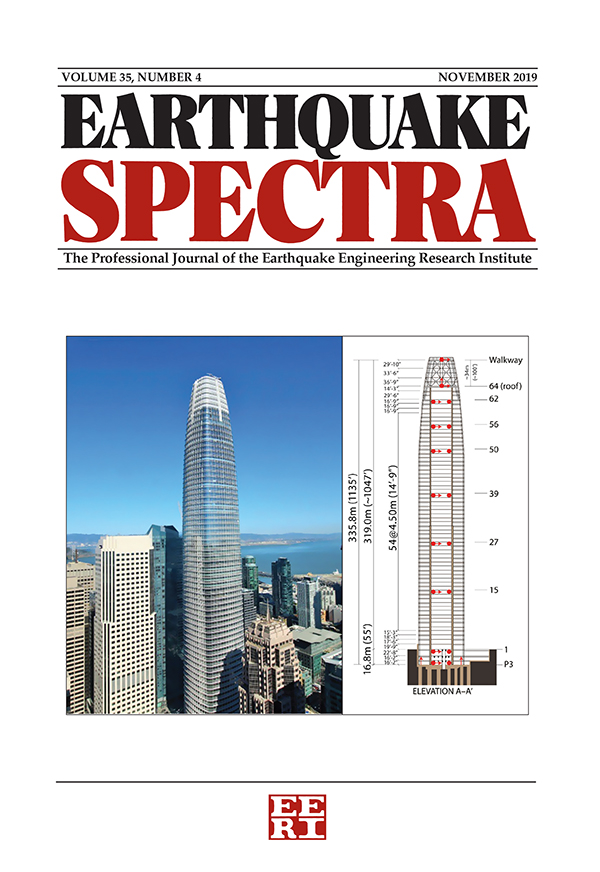基于全球流行病学的地震灾害后医院资源建模
IF 3.7
2区 工程技术
Q2 ENGINEERING, CIVIL
引用次数: 0
摘要
特大地震发生后,受伤人员需要医院急救服务和及时的医疗救治。与地震相关的患者通常都有外伤和应激性(缺血性)疾病,需要进行多种医疗程序,如轻微骨科治疗、骨折手术治疗、溶栓或血栓切除术。已有人提出了医院运行模型来检查这些医疗程序;但是,这些模型存在两个基本缺陷,妨碍了它们在地震后评估关键服务领域的能力。首先,这些模型严重依赖于基于受伤严重程度而非类型的急救程序。其次,医疗保健需求通常是根据美国中度地震后的受伤情况来建模的,而不包括全球大地震后的流行病学数据。这种方法导致医院急诊服务和资源利用表述过于简化。本研究提出了一种基于患者受伤类型和全球地震流行病学的新型医院运营模型,以填补这些空白。我们利用离散事件模拟建立模型,以捕捉地震后医院运营结果的动态指标,如患者治疗时间和无助患者比例。然后,我们研究了这些指标如何随特定医院资源的不同功能能力水平而变化。我们的研究结果表明,急诊科(ED)级病人的候诊时间随功能服务区数量的变化而非线性变化。此外,在病床占用率相对较小的情况下,例如启动反向分流程序(即让地震前入院的非危重病人出院),医院一级程序的等待时间也会明显缩短。我们的研究结果为医院准备工作的决策提供了有价值的工具,因为它们明确测量了功能能力对特定地震相关患者的关键医疗指标的影响。本文章由计算机程序翻译,如有差异,请以英文原文为准。
Modeling hospital resources based on global epidemiology after earthquake-related disasters
Injured people require hospital emergency services and timely medical treatment after extreme earthquakes. Earthquake-related patients often have trauma injuries and stress-linked (ischemic) ailments that require multiple healthcare procedures, such as minor orthopedic treatment, surgical treatment of fractures, and thrombolysis or thrombectomy. Hospital operation models have been proposed to examine these healthcare procedures; however, they exhibit two fundamental gaps that hinder their ability to assess critical service areas after earthquakes. First, these models rest heavily on emergency procedures based on injury severity rather than type. Second, healthcare demands are often modeled from injury profiles after moderate earthquakes in the United States without including epidemiology data after large earthquakes globally. This approach has led to oversimplified hospital emergency services and resource utilization representation. This research presents a new hospital operations model based on patient injury type and worldwide earthquake epidemiology to fill these gaps. We build the model using discrete-event simulations to capture dynamic metrics on hospital operational outcomes after the earthquake, such as patient time-to-treatment and unassisted patient ratio. We then studied how these metrics vary with different levels of functional capacity in the specific hospital resources. Our results showed that waiting times for emergency department (ED)-level patients vary non-linearly with changes in the number of functional service areas. Also, significant reduction in the waiting time for hospital-level procedures was found for relatively small decrease in the bed occupancy rate, for example, if reverse triage procedures are activated (i.e. a discharge of non-critical patients admitted before the earthquake). Our findings provide a valuable tool for decision-making in hospital preparedness as they explicitly measure the impacts of functional capacity on key healthcare metrics for specific earthquake-related patients.
求助全文
通过发布文献求助,成功后即可免费获取论文全文。
去求助
来源期刊

Earthquake Spectra
工程技术-工程:地质
CiteScore
8.40
自引率
12.00%
发文量
88
审稿时长
6-12 weeks
期刊介绍:
Earthquake Spectra, the professional peer-reviewed journal of the Earthquake Engineering Research Institute (EERI), serves as the publication of record for the development of earthquake engineering practice, earthquake codes and regulations, earthquake public policy, and earthquake investigation reports. The journal is published quarterly in both printed and online editions in February, May, August, and November, with additional special edition issues.
EERI established Earthquake Spectra with the purpose of improving the practice of earthquake hazards mitigation, preparedness, and recovery — serving the informational needs of the diverse professionals engaged in earthquake risk reduction: civil, geotechnical, mechanical, and structural engineers; geologists, seismologists, and other earth scientists; architects and city planners; public officials; social scientists; and researchers.
 求助内容:
求助内容: 应助结果提醒方式:
应助结果提醒方式:


